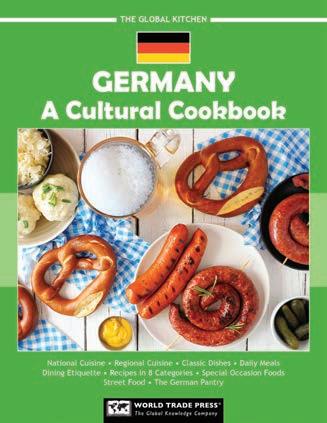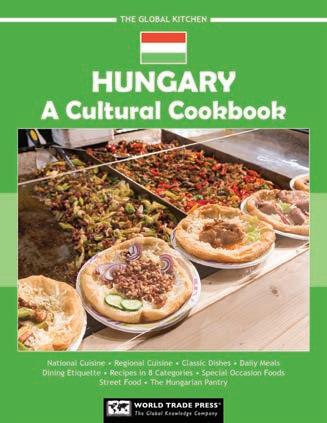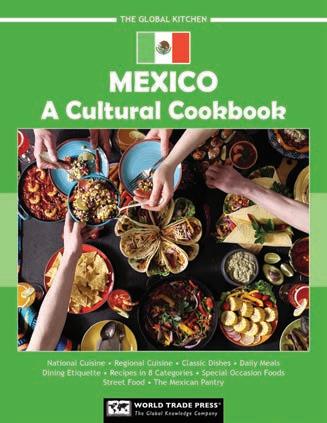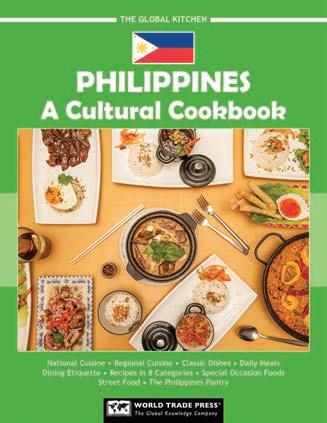A Cultural Cookbook
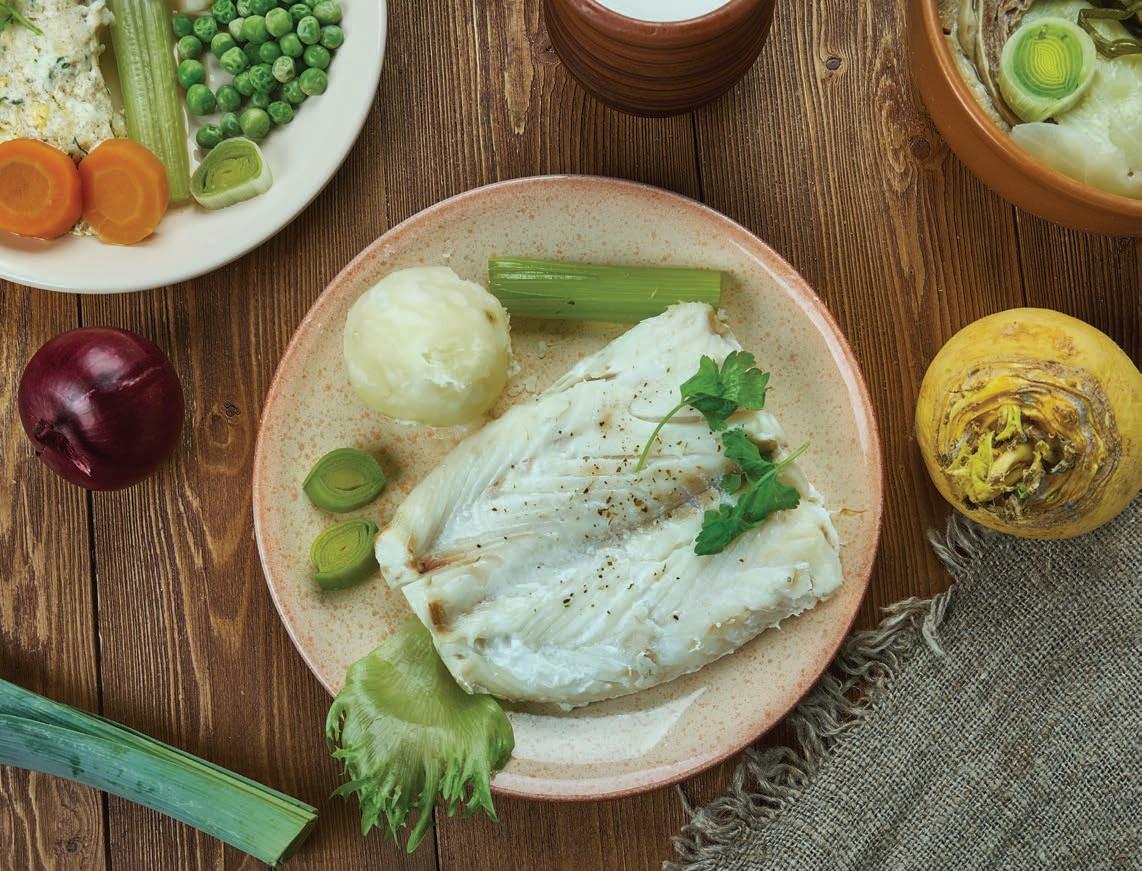
National Cuisine • Regional Cuisine • Classic Dishes • Daily Meals
Dining Etiquette • Recipes in 8 Categories • Special Occasion Foods Street Food • The Norwegian Pantry
Copyright © 2025 by World Trade Press
Publisher: Edward G. Hinkelman
Editors: Jenny Fretland VanVoorst, Brielle Burt, Felicia Topp
Designer: Kristie Wolgamott
Production Designer: Brielle Burt
Cover Image: JeniFoto/Shutterstock
No part of this publication may be reproduced, stored in a retrieval system, or transmitted in any form or by any means, electronic, mechanical, photocopying, recording, scanning, or otherwise, except as permitted under Section 107 or 108 of the 1976 United States Copyright Act, without either the prior written permission of the Publisher.
For information about permission to reproduce selections from this report, please contact Permissions: permissions@worldtradepress.com
For information about special discounts for bulk purchases, please contact Sales: sales@worldtradepress.com
ISBN: 978-1-60780-090-3
www.TheGlobalKitchen.com www.worldtradepress.com
World Trade Press, 616 E. Eighth St., Ste. 7, Traverse City, MI 49686

NORWAY
A Cultural Cookbook
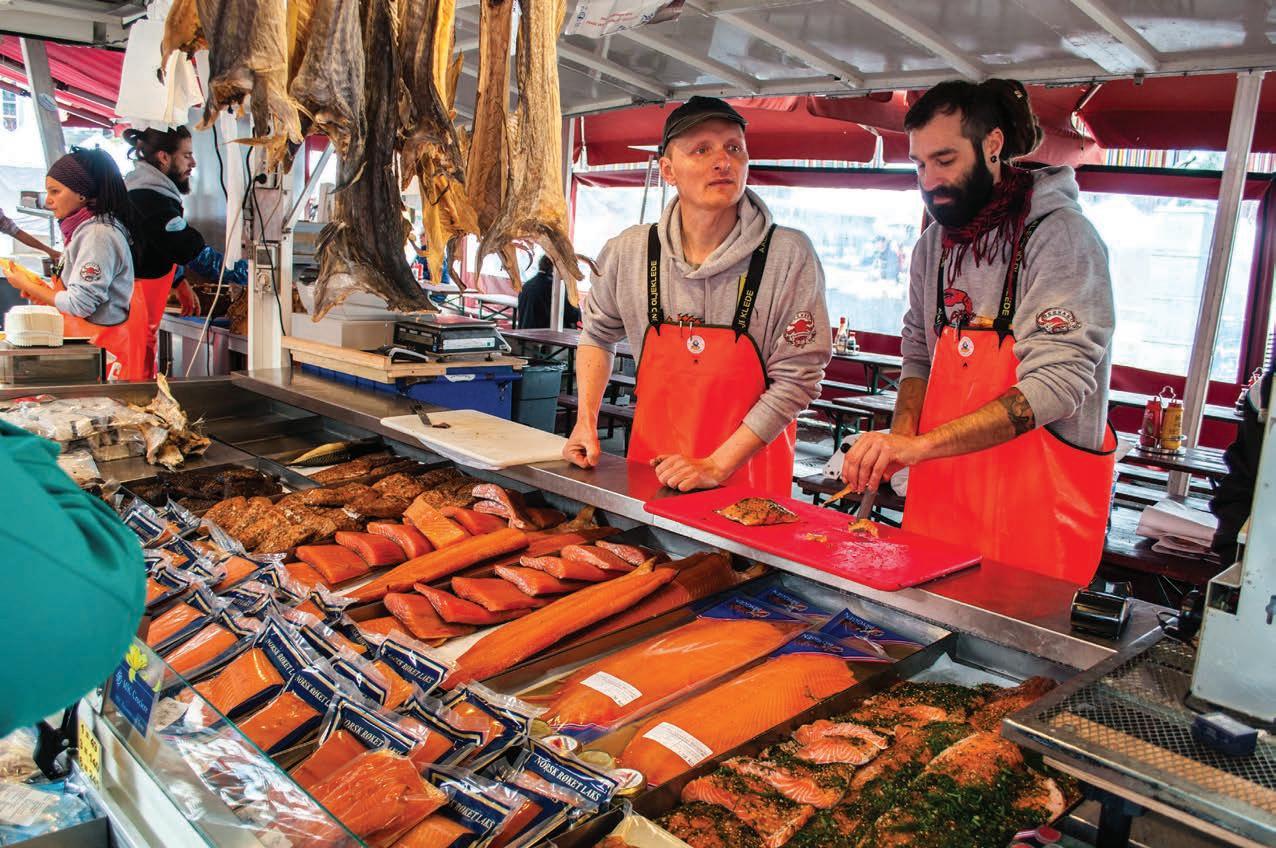
LIST OF RECIPES
1. Agurksalat (Cucumber Salad)
2.
3. Bløtkake (Layer Cake)
4. Brunost-Saus (Brown Cheese Sauce)
5. Ertesuppe (Split Pea Soup)
6. Fårikål (Lamb and Cabbage Stew)
7. Fastelavnsboller (Cream-Filled Buns)
8. Fattigman (Poor Man’s Cookies)
9. Finnbiff (Reindeer Stew)
10. Fiskekaker (Fish Cakes)
11. Fiskepudding (Fish Pudding)
12. Fiskesalat (Fish Salad)
13. Fiskesuppe (Fish Soup)
14. Flatbrød (Crispy Flatbread)
15. Flatbrød med Rømme (Crispy Flatbread with Sour Cream)
16. Flatbrød med Smør og Honning (Crispy Flatbread with Butter and Honey)
17. Fruktsuppe (Fruit Soup)
18. Fyrstekake (Prince’s Cake)
19. Gresskarsuppe (Pumpkin Soup)
20. Grovbrød (Wholegrain Bread)
21. Grønn Ertestuing (Green Pea Stew)
22. Gulrotstuing (Creamed Carrots)
23. Havrebrød (Oat Bread)
24. Julekake (Christmas Bread)
25. Kålrotstappe (Mashed Rutabaga)
26. Kålruletter (Cabbage Rolls)
27. Karamellpudding (Caramel Pudding)
28. Kjøttkaker (Meatballs)
29.
30. Klubb (Fish and Potato Dumplings)
31. Knekkebrød (Crispbread)
32. Krabbesuppe (Crab Soup)
33. Kransekake (Tower Cake)
34. Kroppkakor (Bacon and Onion Potato Dumplings)
35. Laksesalat (Salmon Salad)
36. Lapskaus (Beef and Vegetable Stew)
37. Lefse (Potato Flatbread)
38. Lefse med Brunost (Potato Flatbread with Brown Cheese)
39. Lefse med Smør og Sukker (Potato Flatbread with Butter and Sugar)
40. Leverpostei (Liver Paté)
41.
42. Løksuppe (Onion Soup)
43. Medisterkaker (Pork Meatballs)
44. Ostebretter (Cheese Tray)
45. Pikekyss (Meringue Cookies)
46. Pinnekjøtt (Lamb Ribs)
47. Polarbrød (Polar Bread)
48. Potetmos (Mashed Potatoes)
49. Potetsalat (Potato Salad)
50. Potetsuppe (Potato Soup)
51. Pyttipanna (Hash)
52. Pølse i Lompe (Hot Dog)
53.
54. Råkostsalat (Raw Food Salad)
55. Rekesalat (Shrimp Salad)
56. Riskrem (Rice Cream)
57. Rundstykker (Bread Rolls)
58. Rødbetsalat (Beetroot Salad)
59. Rødkål (Braised Red Cabbage)
60. Rømmegrøt (Sour Cream Porridge)
61. Sardin Salat (Sardine Salad)
62. Serinakaker (Butter Cookies)
63. Sildesalat (Herring Salad)
64. Smalahove (Sheep’s Head)
65. Smultringer (Cake Doughnuts)
66. Smørbrød (Open-Faced Sandwich)
67. Smørdampede Grønnsaker (Butter-Steamed Vegetables)
68. Spinatsuppe (Spinach Soup)
69. Sprøstekte Torsketunger (Crispy Fried Cod Tongues)
70. Stekt Gås (Roast Goose)
71. Stekte Poteter (Pan-Fried Potatoes)
72. Surkål (Sweet and Sour Braised Cabbage)
73. Tilslørte Bondepiker (Layered Apple Dessert)
74. Tyttebærsyltetøy (Lingonberry Jam)
75. Waldorfsalat (Waldorf Salad)

FOREWORD
Welcome! This cookbook offers a structured and research-informed exploration of Norwegian cuisine, based on more than 30 years of culinary study and documentation. Compiled from our reference data-
wegian home cooks, cultural historians, and chefs. The result is a resource that prioritizes clarity, cultural context, and historical depth—presented in a format designed to inform rather than embellish.
Norwegian cuisine is shaped by geography, climate, and a long-standing relationship with the land
ingly integrated into daily cooking. The cuisine is distinctly regional, with coastal communities relying heavily on seafood, and inland and northern areas emphasizing game, reindeer, and preserved foods.
This volume follows the organizational structure of our broader database, presenting each recipe with accompanying cultural and historical explanation. Whether exploring (fermented trout), fårikål (lamb and cabbage stew), krumkake (wafer cookies), each dish is situated within its context—seasonal traditions, religious observance, regional variation, or family custom.
The tone is informational rather than anecdotal, offering practical guidance supported by cultural insight. Norwegian food is as much about tradition and identity as it is about sustenance, with many dishes tied to holidays, communal gatherings, and national heritage. This cookbook serves as a reference and a record, providing a path to understanding Norwegian cuisine through its methods, ingredients, and meanings. It offers readers a way to engage with a culinary tradition that balances simplicity and ceremony, rootedness and renewal.
REGIONAL CUISINE
Norwegian cuisine is shaped by its geographical diversity, with a culinary tradition deeply connected to natural resources including seafood, wild game, and foraged foods. as drying, smoking, and salting, particularly evident in the and high-quality ingredients are the hallmarks of Norweitself. Root vegetables, dairy products, and whole grains (brown cheese) is a noted product, made of whey and brown color due to the caramelization process.
Northern Norway
Northern Norway, extending above the Arctic Circle, expe-
tional diet, which is heavily reliant on marine resources.
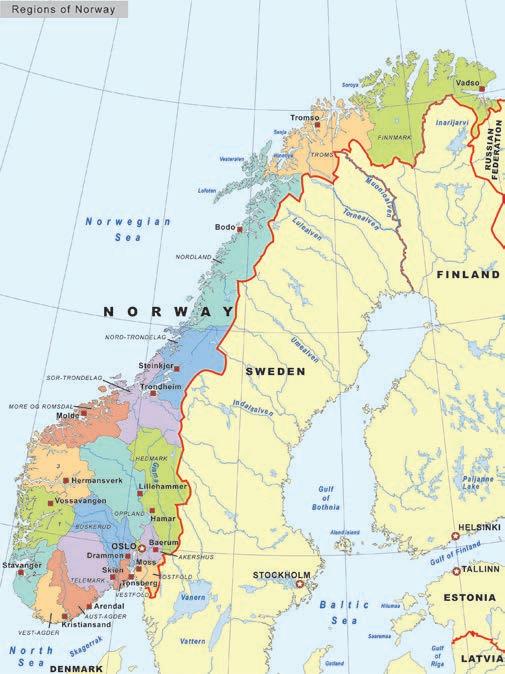
cod dried in the sun, while char or trout is fermented to createenous Sami people bring a culinary tradition that relies heavily on reindeer, game, and foraged berries, with a hearty reindeer stew typically made with root vegetables including potatoes and carrots.
Western Norway
fårikål, widely regarded as Norway’s national dish, which is lamb or mutton and cabbage seasoned with whole black peppercorns and

with cream and seasoned with chives and other fresh herbs.
Trøndelag
Trøndelag, in the heart of Norway, is a hub of agricultural diversity, making it known for more varied cuisine. The region is particularly noted for its cheeses, with pungent gammea specialty skimmed cow’s milk cheese. Trøndelag is also famous for its quality meat, especially lamb and wild game, with berries a prized seasonal ingredient. One regional offering is , dried and salted cod, which appears in many recipes including the stew, .
DAILY MEALS
Breakfast
and simple. Bread is often served with a variety of sides, such as jam, butter, smoked salmon, boiled eggs, and cheese. Omelets with caviar and smoked salmon are a Norwegian specialty. Norwegians are some of the world’s most prodigious consumers of coffee and drink it black or milky all day long.
Lunch
Norwegians often eat matpakke, meaning “packed food,” for lunch around noon. Paper-wrapped (open-faced sandwiches) are a staple. Fast food from cafés and street stalls provide cheap, portable lunches for consumption during the 30-minute lunch breaks common in urban centers.
Dinner
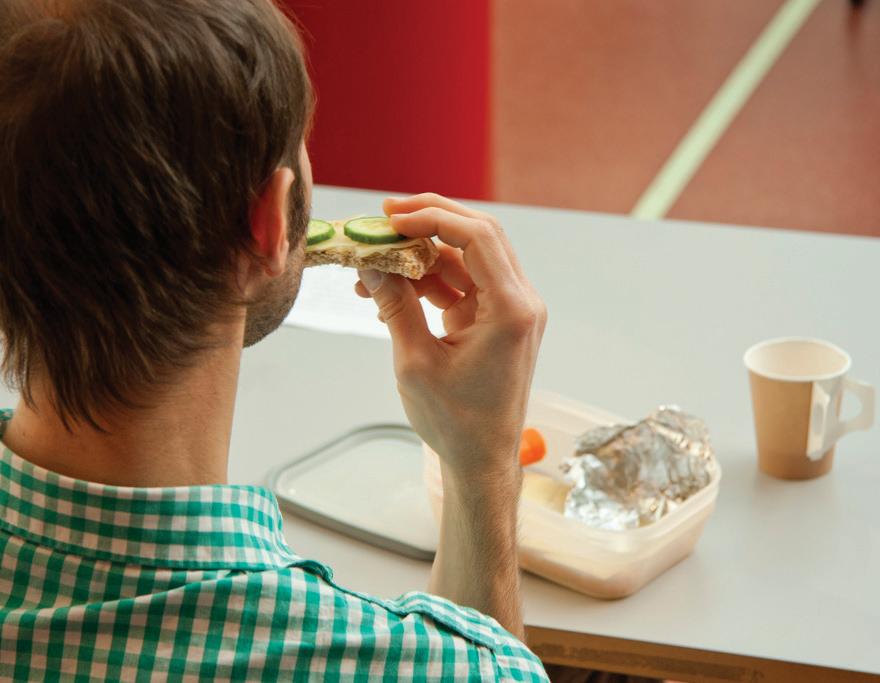
Middag, or dinner, is typically the only hot meal of the day in Norway. Dinners of roast meat, potatoes, and vegetables are usually served between 4 and 6 p.m. Most Norwegians enjoy home-cooked meals throughout the week, although restaurant meals are also popular.
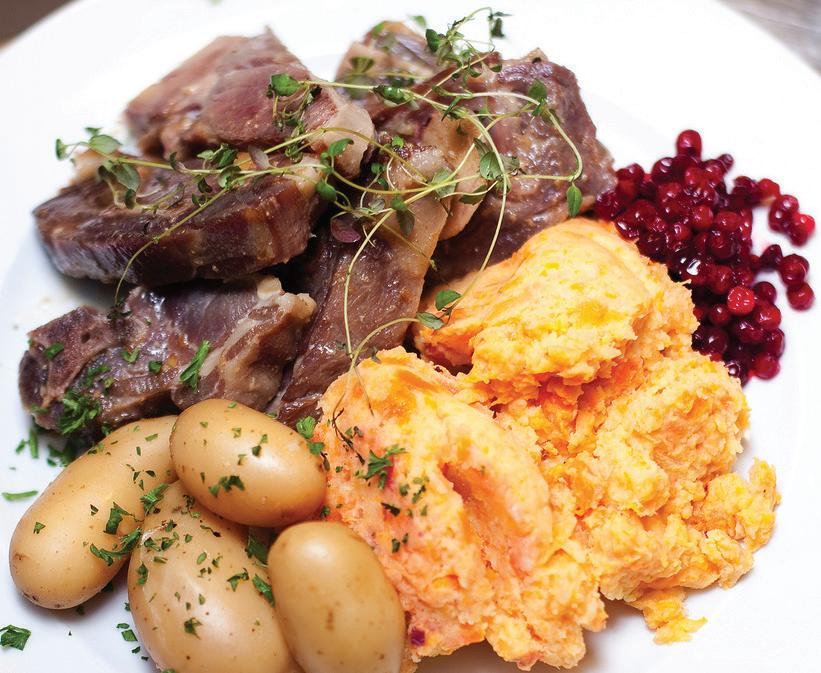
Snacks
Norwegians sometimes enjoy an after-dinner snack in the late evening. Smørbrød and other light fare are the most common choices.
STREET FOOD
or nuts. Rømmegrøt has its roots in Norwegian farm life and was traditionally served during celebrations and special occasions. As a street food, it is often found at festivals and outdoor markets, particularly in the summer months.
KJØTTKAKER
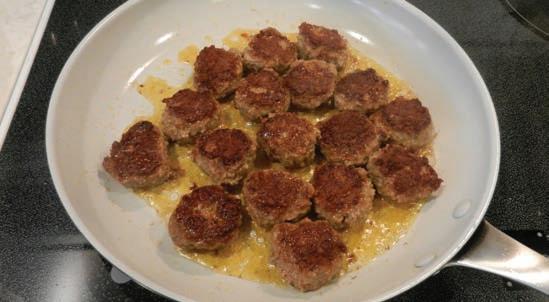
Kjøttkaker are Norwegian meatballs made from ground beef or a mixture of beef and pork, seasoned with spices such as nutmeg and allspice, and served with boiled potatoes, gravy, and lingonberry sauce. Variations might include serving them with cabbage stew or pickled vegetables. Kjøttkaker are a beloved comfort food in Norway and have been a part of the country’s culinary tradition for generations. They are commonly available at food markets, festivals, and eateries across Norway.
LEFSE

As a street food, it is commonly available at markets, festivals, and Christmas fairs throughout Norway.
Sweet Treats KANELBOLLER
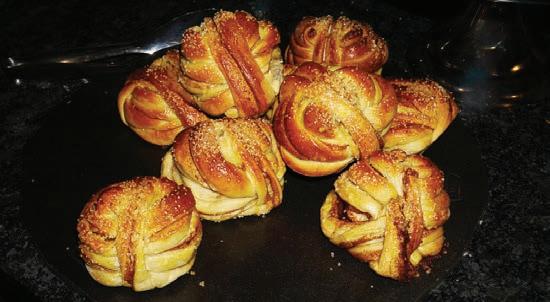
are Norwegian cinnamon buns made from sugar, and cinnamon, then baked until golden-brown. Some variations include adding raisins, nuts, or icing. are a popular treat in Norway, especially during the colder months when they are enjoyed with a cup of coffee or hot chocolate. They are commonly available at bakeries, cafés, and street stalls.
SKOLEBRØD

, meaning “school bread,” is a sweet roll
up with butter and sugar. Some variations might include adding cinnamon, (brown cheese), or jam. has been a staple in Norwegian households for centuries, particularly during the holiday season.
shredded coconut. Variations might include adding a touch of cardamom to the dough or different types of is a traditional Norwegian pastry often enjoyed by children and adults alike as a snack or dessert. It is commonly found at bakeries, cafés, and food stalls throughout Norway.
DID YOU KNOW?
A Culinary Heritage
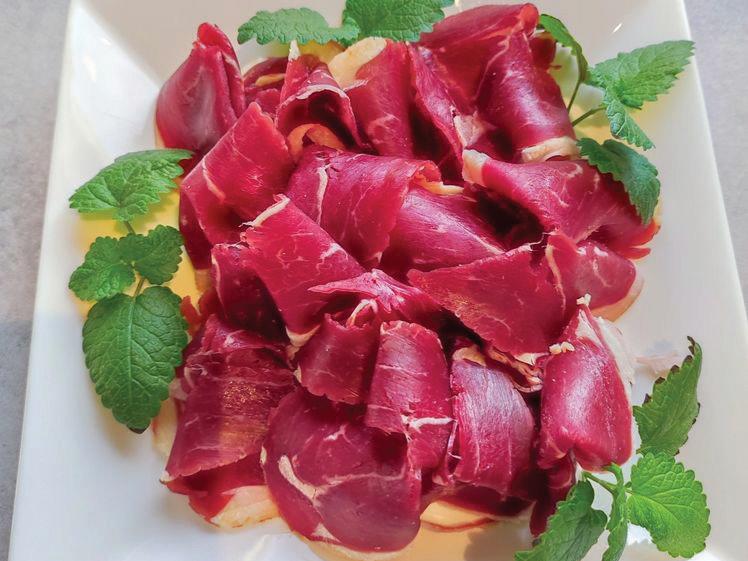
Fenalår, dried and cured leg of lamb, is one of Norway’s oldest and most cherished traditional foods. The process of making the dish dates back thousands of years and was originally developed as a way to preserve meat throughout the year.
Today, fenalår is considered a delicacy and typically served in slices as part of a festive meal or as an the climate and the grazing conditions of the sheep,ronment on its cuisine.
Special Foods
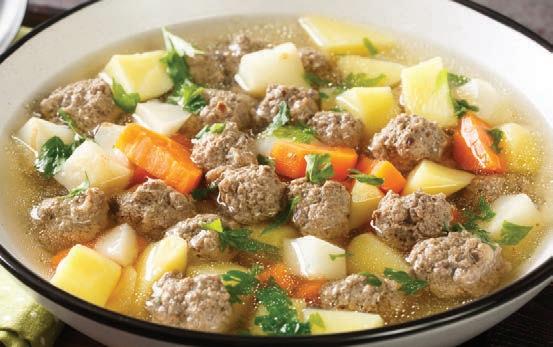
food plays a central role in the festivities. Traditional dishes served during Christmas include ribbe (roasted pork belly), pinnekjøtt (dried, salted lamb
ribs rehydrated and steamed), and . Eachtions, but these dishes are generally accompanied by boiled potatoes, sauerkraut, and lingonberry jam.
is a traditional Norwegian soup that is often served at special occasions such as weddings and Christmas dinners. It is made with diced meat, meatballs, and often includes carrots and potatoes. The soup is known for its clear, rich broth, which is both comforting and nourishing.
Coffee Culture
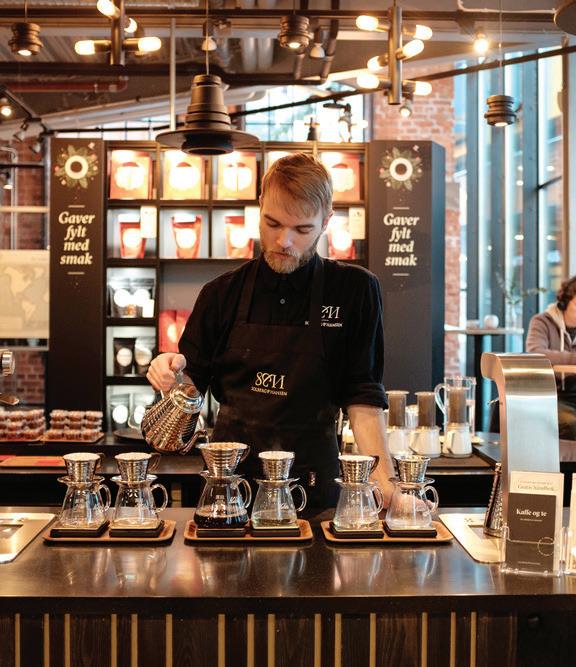
Norway ranks as one of the top coffee-consuming countries per capita in the world. Coffee plays a crucial role in Norwegian social settings, often enjoyed as part of a long-standing tradition of (coziness).
Cafes throughout Norway offer a wide array of coffee the beverage. The typical Norwegian might consume several cups of coffee throughout the day, typically black and enjoyed in a relaxed setting with friends or family.
FISKEPUDDING (FISH PUDDING)
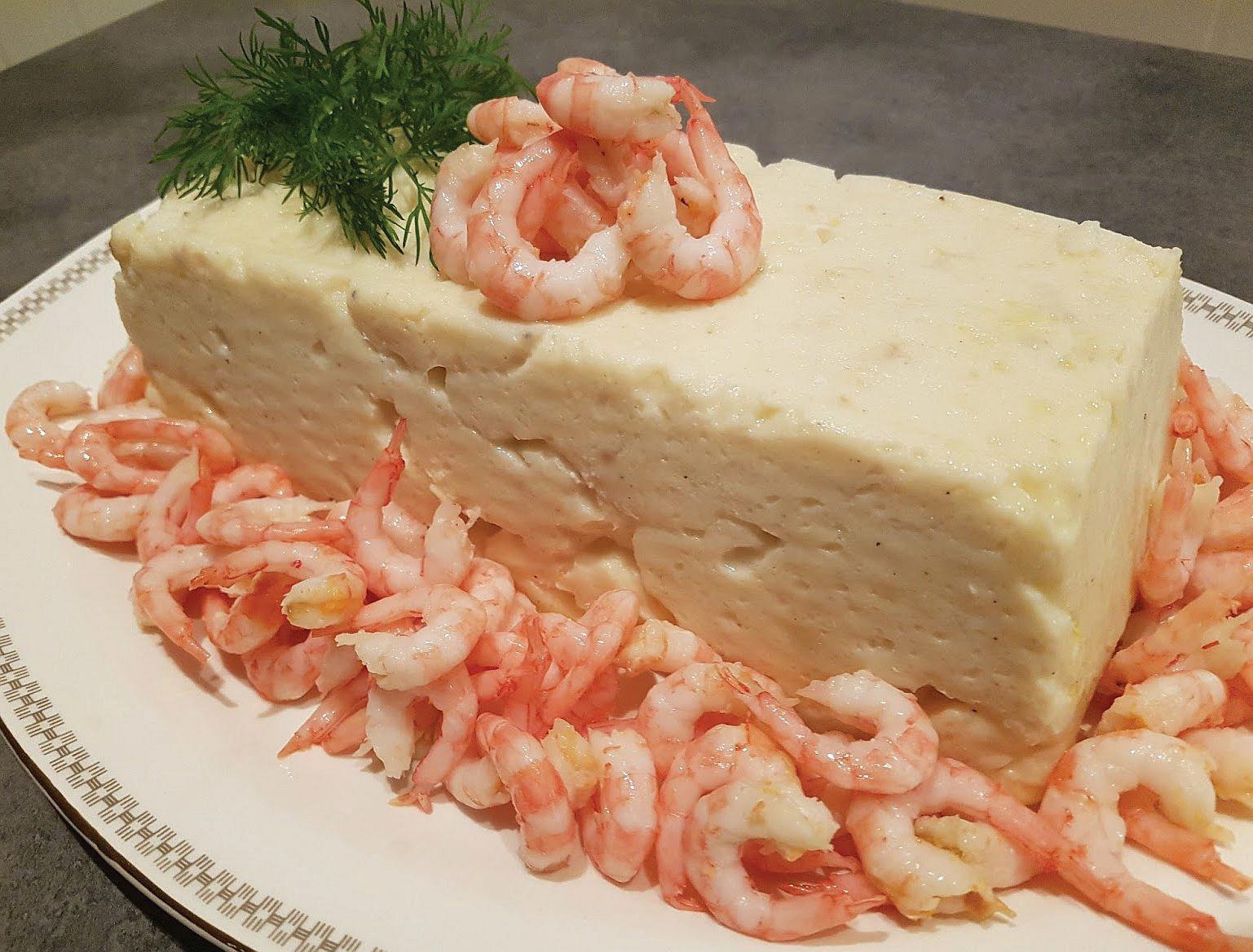
Prep Time: 15 minutes
Cook Time: 1 hour
Recipe Servings: 4
Total Time: 1 hour 15 minutes
Dietary Considerations: Halal
tency gives the dish a unique place as a food with the texture of a dessert but a savory taste. Though it can seem unusual to foreign taste buds, the dish is hugely popular in its home country, where it is mass-produced and sold in supermarkets.
POTETSUPPE (POTATO SOUP)
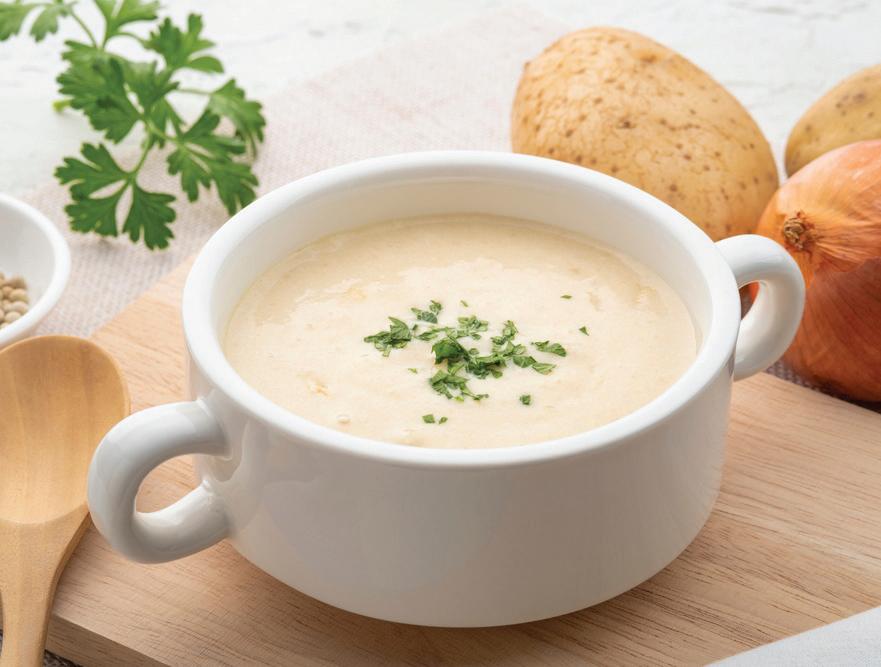
Prep Time: 10 minutes Cook Time: 30 minutes Total Time: 40 minutes
Recipe Servings: 4
Dietary Considerations: Vegetarian, Halal
, or Norwegian potato soup, is a hearty and creamy dish that is a staple in Norwegian home cooking, especially during the cold winter months. Made with potatoes as the main ingredient, the soup is typically blended with onions, leeks, garlic, and vegetable or chicken broth, creating a smooth and comforting texture. To enhance its richness, cream or milk is often added, while seasonings such as salt, pepper, and nutmeg give
complements the mild, starchy base. is commonly garnished with fresh herbs such as chives or parsley and served with crusty bread or knekkebrød (crispbread) on the side. Simple yet satisfying, this traditional soup embodies the Norwegian approach to warm, nourishing meals that make use of locally available ingredients.
RÅKOSTSALAT (RAW
FOOD SALAD)
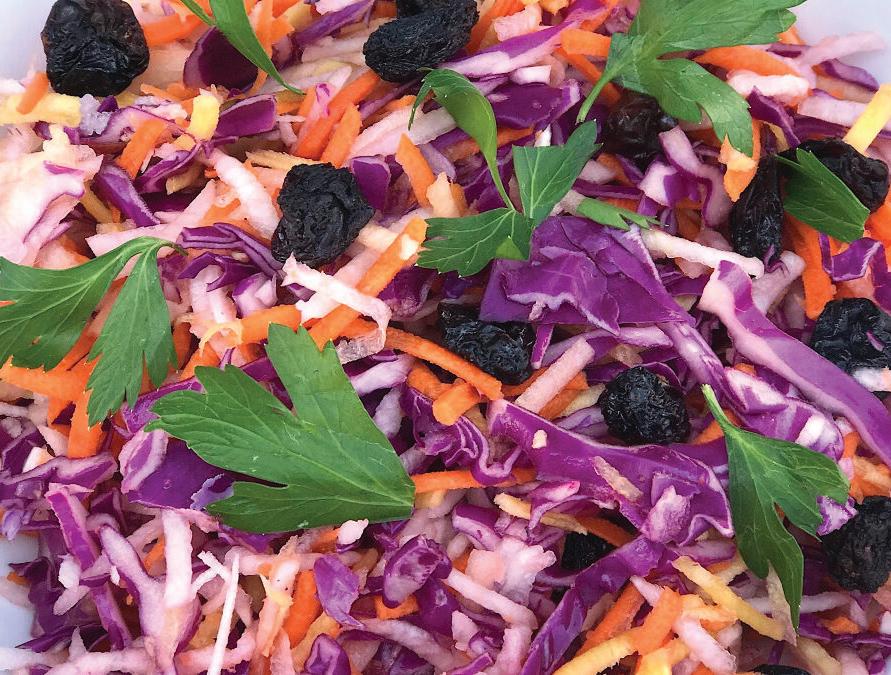
Prep Time: 20 minutes
Recipe Servings: 4
Rest Time: 2 hours Total Time: 2 hours 20 minutes
Dietary Considerations: Vegetarian, Vegan, Dairy Free
, literally meaning “raw food salad,” is a refreshing and nutritious Norwegian raw vegetable salad, of grated carrots, cabbage, and apples, creating a crisp texture and a natural sweetness. Some variations may lemon juice, vinegar, or yogurt, enhancing the fresh taste while keeping it light and healthy. is a accompaniment to traditional Norwegian dishes, providing a refreshing contrast to rich and savory foods.
FISKEKAKER (FISH CAKES)
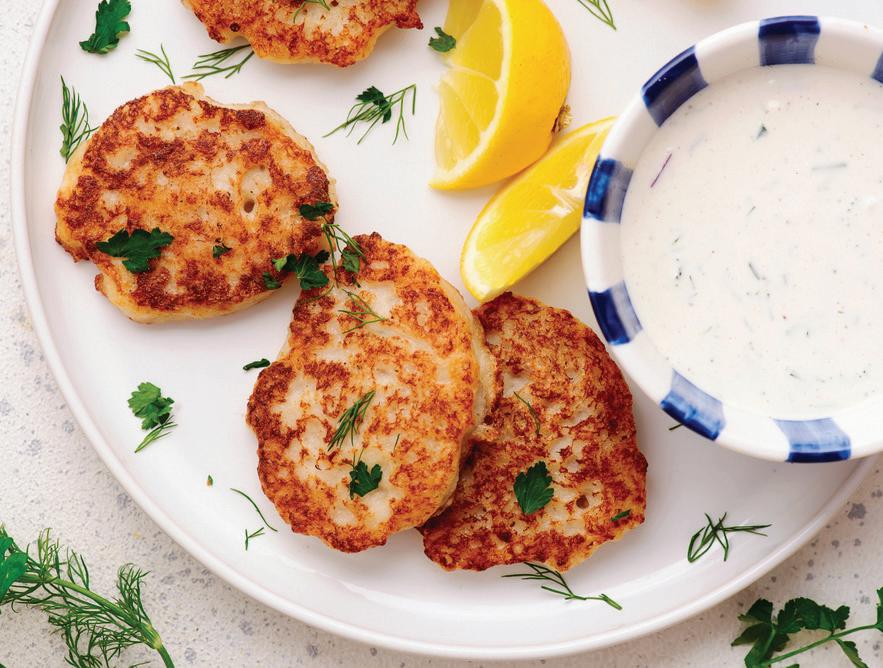
Prep Time: 20 minutes Rest Time: 30 minutes Cook Time: 15 minutes Total Time: 1 hour 5 minutes
Recipe Servings: 4
Dietary Considerations: Gluten Free
have been a staple in Norwegian and transported. Today, they are commonly found in Norwegian households and supermarkets, served on their own, in sandwiches, or alongside potatoes and vegetables. Their mild taste and delicate texture make them a favorite among both children and adults.
KÅLROTSTAPPE
(MASHED RUTABAGA)
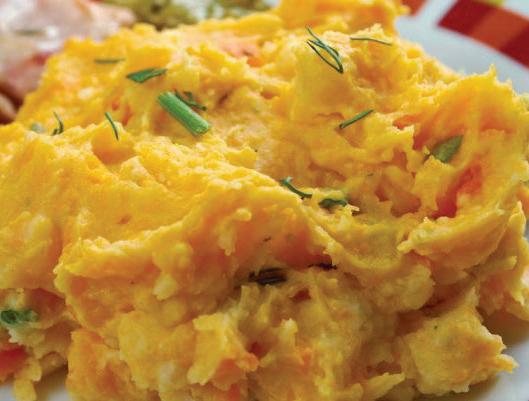
Prep Time: 15 minutes
Cook Time: 30 minutes
Total Time: 45 minutes
Recipe Servings: 6 Dietary Considerations: Gluten Free, Halal
, also known as mashed rutabaga or swede mash, is a traditional Norwegian side dish beloved (rutabaga or swede) until tender, it is then mashed—often with butter, cream or milk, and a touch of nutmeg, salt, and pepper to enhance its naturaltency. is a staple accompaniment to rich, hearty main dishes such as pinnekjøtt (cured and steamed lamb ribs) or pork sausages, especially during Christmas and other festive occasions. Its rustic oriduring long winters.
FASTELAVNSBOLLER
(CREAM-FILLED BUNS)

Recipe Servings: 12
Dietary Considerations: Vegetarian, Kosher, Halal
of Shrove Sunday, which marks the beginning of the Lenten season. These soft, sweet yeast buns are typipowdered sugar. Some variations also include almond paste or vanilla cream for added richness. Though originally linked to religious fasting traditions, are now widely enjoyed as a seasonal treat throughout Norway, often served with coffee or hot chocolate. Bakeries and home kitchens alike begin preparing them in the weeks leading up to Lent, making them a much-anticipated part of late winter. Their
tian and folkloric customs that shape many Norwegian food traditions.
FLATBRØD MED SMØR OG HONNING
(CRISPY FLATBREAD WITH BUTTER AND HONEY)
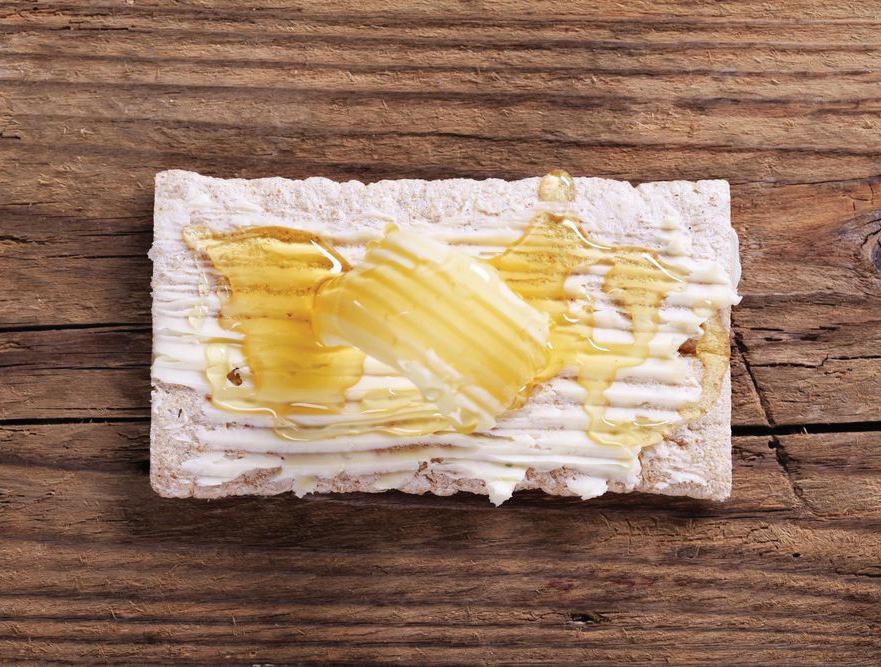
Prep Time: 15 minutes Rest Time: 30 minutes Cook Time: 20 minutes Total Time: 1 hour 5 minutes
Recipe Servings: 6
Dietary Considerations: Vegetarian, Halal
been enjoyed in Norway for generations. Flatbrød, a traditional unleavened crispbread, was originally a staple food for Norwegian farmers and travelers due to its long shelf life and versatility. When paired with (butter) and (honey), it transforms into a sweet and satisfying treat that is both comforting and nostalgic. This combination is often enjoyed as a light snack, appetizer, breakfast, or dessert, especially with a cup of classic Norwegian favorite.
CHEESE
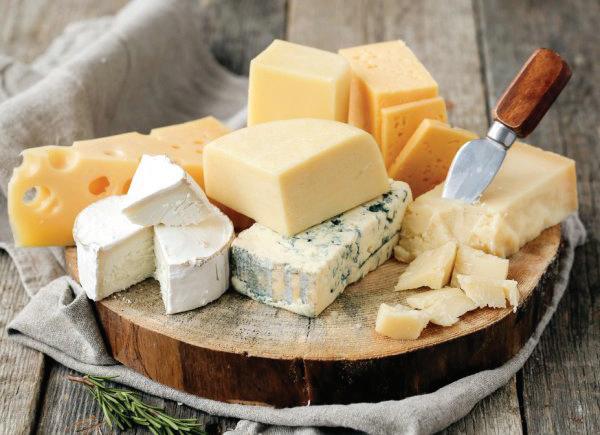
Description
Cheese is a dairy food made from coagulated milk. It comes in a wide variety of shapes, colors, and textures. Cheese can be very solid or quite runny, and it sometimes has an inedible rind. While nearly all cheeses are naturally off-white in color, some are traditionally dyed.
Origin
Cheese has been made since prehistory, possibly as far back as 8000 BCE. Cheesemaking equipment dating to 5500 BCE has been found in Poland, and cheese was a popular food in ancient Greek, Egyptian, Roman, and Arabic cultures. While cheese dating back to 1615 BCE has been found in China, cheese is eaten less in Asia than elsewhere in the world. Prior to European colonization, cheese was also relatively uncommon in the Americas, although since the 19th century the United States has been the largest producer of factory-made cheese worldwide.
Varieties
There are thousands of different kinds of cheese. Cheese is categorized by its duration of aging, texture, type of milk, and moisture content, with further differentiation possible based on fat content and ripening method. sharp and even pungent. Cheese generally has a rich, creamy texture, with varying degrees of saltiness, sharpness, and acidity.
The nutrients contained in cheese vary widely. Cheese is generally a rich source of calcium, protein, phosphorus, and sodium, and it can also contain several other vitamins and minerals.
Preparations
Different varieties of cheese are produced through different preparation techniques, including the type of milk used and type of coagulant introduced. Soft cheeses, such as brie, become runny quickly, and are generally eaten chilled or at room temperature, sometimes accompanied by crackers, bread, or fruit. Other cheeses, such as mozzarella, become elastic and stringy when heated and are used to hold together prepared foods such as pizza. Hard and relatively dry cheeses—such as Parmesan, pecorino, and Romano—keep well for longer periods of time, even at room temperature.
Season
Cheese is made year-round.
Did You Know?
• Although cheese can be reheated, the loss of
the melted texture. This inspired the folk saying that “you can’t melt cheese twice,” meaning that things can’t always be undone once they’ve been done.
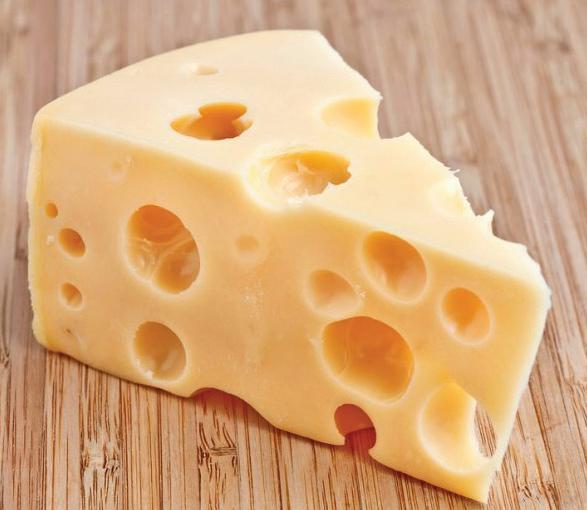
ABOUT WORLD TRADE PRESS
World Trade Press is a publishing and information products company specializing in country-based information company’s mission is to strengthen mutual understanding across cultures by lowering the information barriers that prevent individuals and organizations from succeeding in the international arena. World Trade Press clients include academic and public libraries, universities, global businesses, government agencies, global logis-
Databases
World Trade Press has developed and maintains more than a dozen large-scale online databases of country and city information covering business, culture, food, import/export, local living, and travel for 174 world countries and 201 world cities.
Physical Books, Atlases, and Maps
World Trade Press has published multiple editions of more than 100 physical reference books, country business guides, books for international trade and logistics, world atlases for travel and logistics, and world and country wall maps.
Professional Reports and E-Books
World Trade Press has developed and maintains more than two dozen professional-level country e-reports and e-books for each of 174 countries. These products cover topics such as business culture, cost of living, demographics, education, environment, holidays and festivals, government, money and banking, music, quality of life, religion, security, social indicators, and more.
Contributors
All World Trade Press products—from our databases and e-content reports to our physical books, maps, and atlases—are created through the collaboration of a dedicated internal staff of researchers, writers, editors, and cartographers and more than 100 external subject-matter experts to create world-class content in theel. To view a partial list of contributors to titles in The Global Kitchen series, go to www.TheGlobalKitchen. com/contributors.html.
Learn more about World Trade Press and its products at www.WorldTradePress.com.
Check
